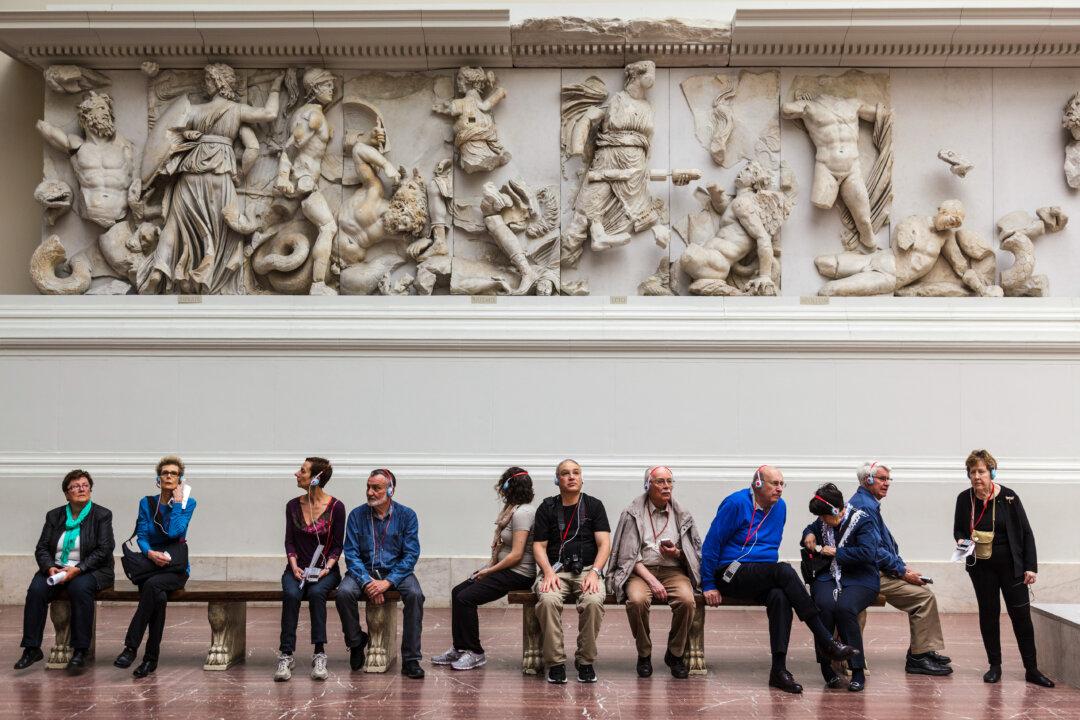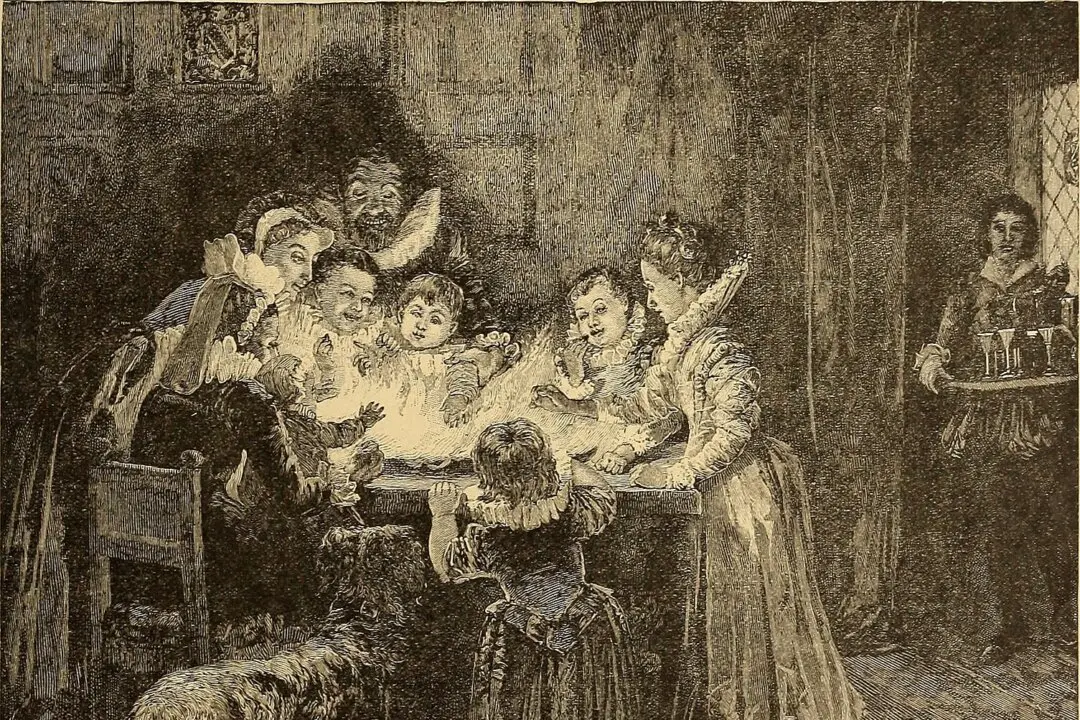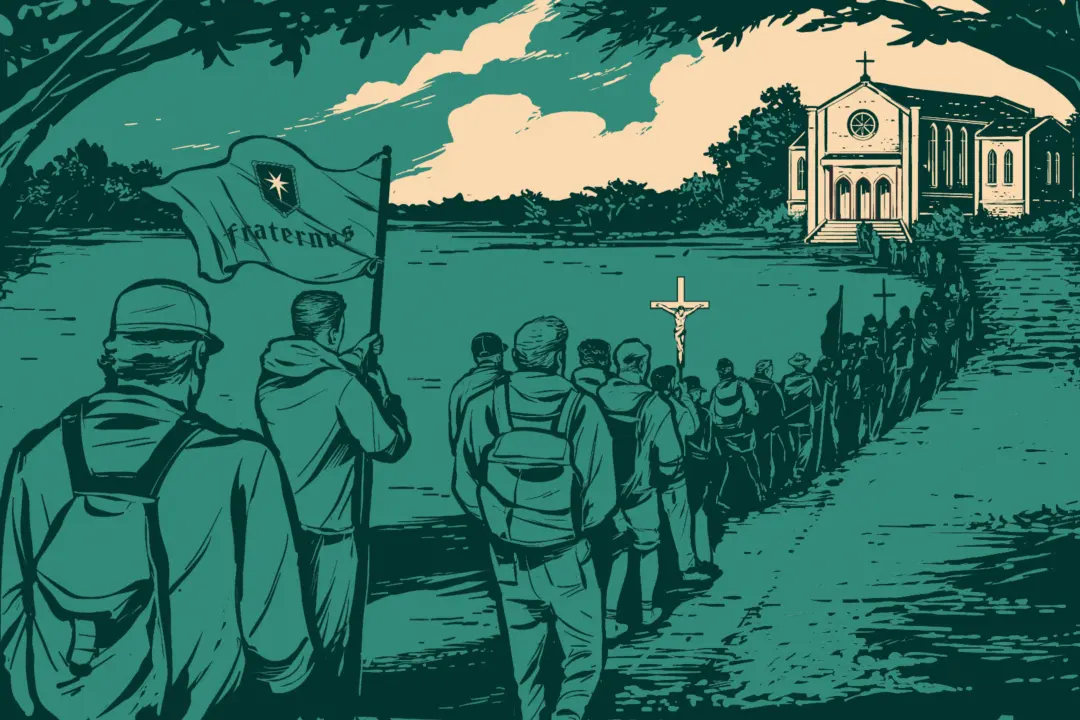Probably no other civilization has shaped the Western world more than the ancient Romans did.
At the peak of the Roman empire, when its borders stretched from the foggy hills of northern Britain to the winding waterways of the Nile, upwards of 60 million people lived under the sign of the eagle. The Romans left traces of their influence on all the people they ruled and, taken together, had a profound impact on Western culture as a whole.






